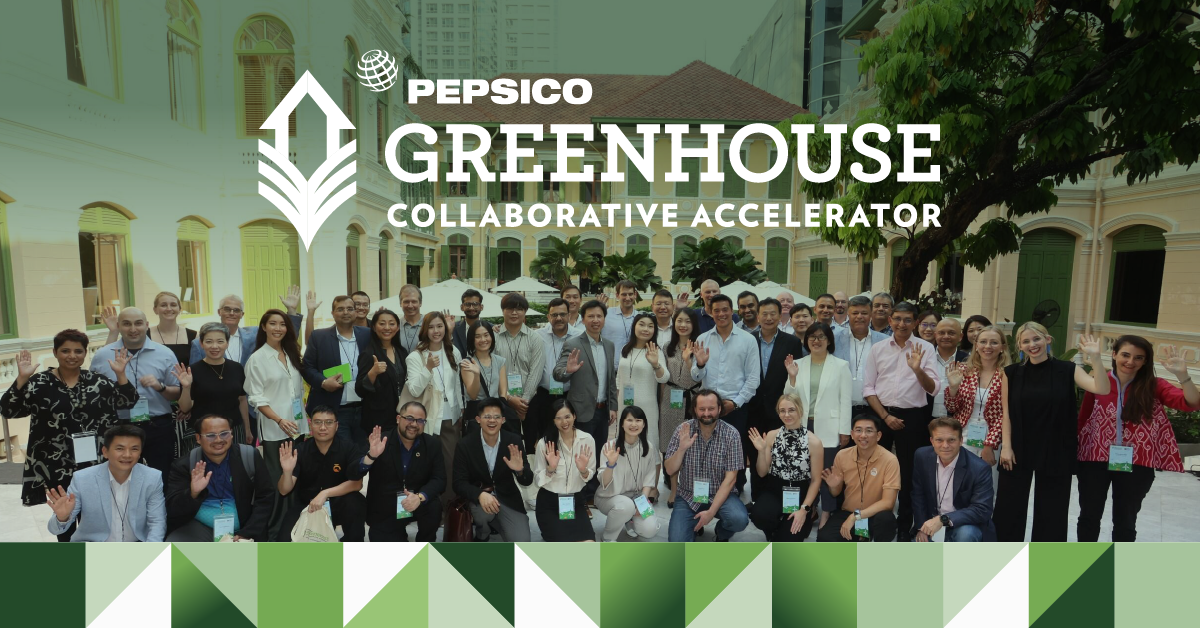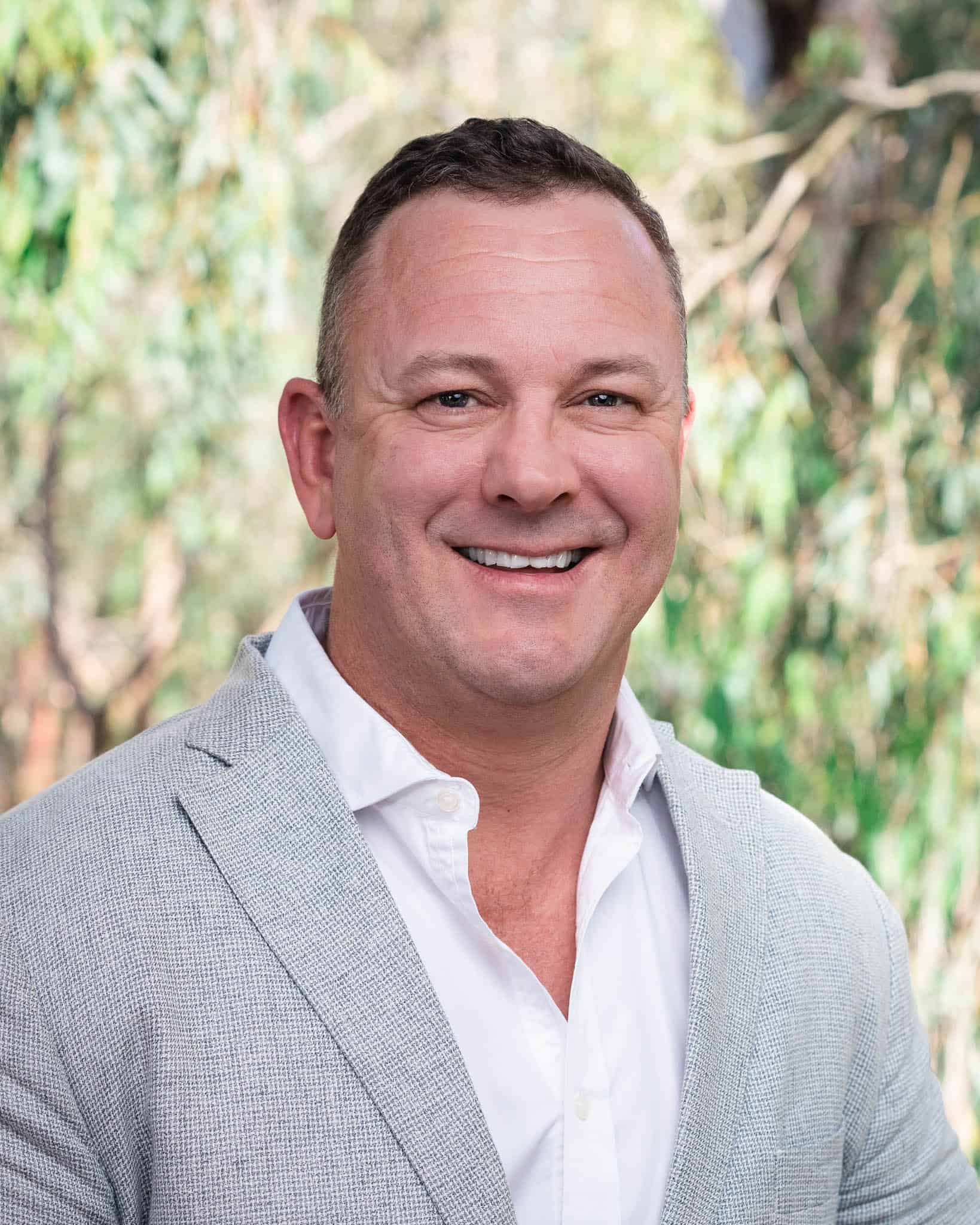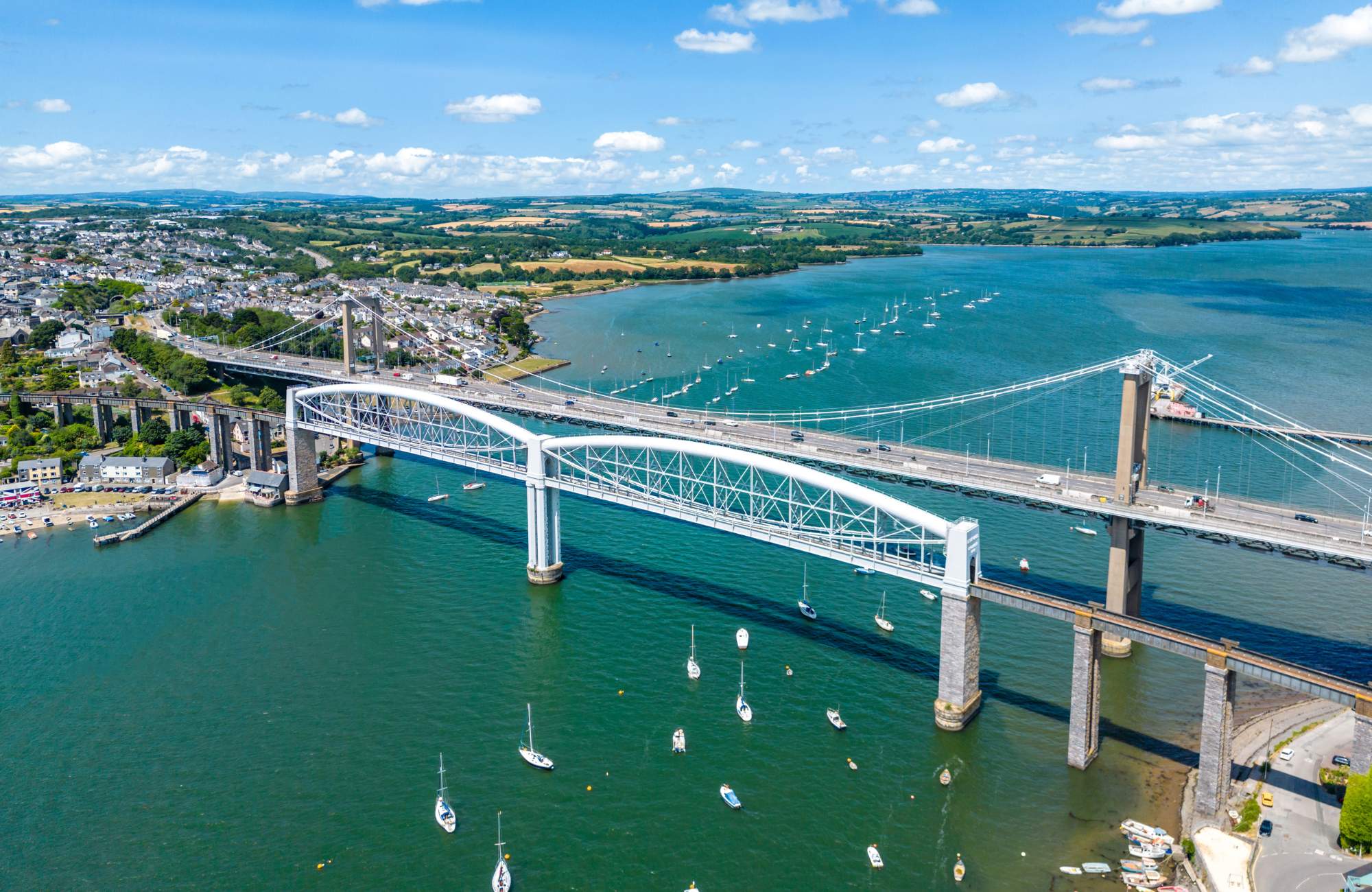PepsiCo’s Greenhouse Accelerator Program opens 3rd round of applications for sustainability innovators
PEPSICO has announced the return of its Greenhouse Accelerator (GHAC) program in the Asia Pacific (APAC) region for the third consecutive year.
The GHAC is a pilot-oriented, mentorship-based program in the region dedicated to fostering sustainable innovation in agriculture, circular economy and greenhouse gas emissions reduction, supporting startups by providing expert business advisory and collaboration opportunities with PepsiCo.
As a leading sustainability incubator in APAC, GHAC reinforces PepsiCo’s commitment to finding solutions that contribute to progress in circular economy, sustainable agriculture, and climate action. With 15 pilots initiated in seven markets including Australia and New Zealand through the 2023 and 2024 cohorts, the program focuses on supporting early-stage startups developing innovations aimed at reducing environmental impact, advancing renewable energy, and promoting sustainable farming practices. 
The Greenhouse Accelerator Program in Asia Pacific offers finalists equity-free grants of US$20,000 and the potential to pilot their innovations. Finalists also have the opportunity to collaborate directly with PepsiCo executives through a customised learning module.
At the final event, finalists can pitch their innovations to PepsiCo executives, venture capitalists, and investors for a chance to secure an additional US$100,000 grant.
Aust/NZ companies have been finalists
Australian and New Zealand startups have been strongly represented, with finalists in the last two programs including Australia’s ELIoT Energy, Wildfire and X-Centric, and New Zealand’s Captivate Technologies and Aspiring Materials.
“PepsiCo’s Greenhouse Accelerator Program is dedicated to empowering startups with the tools, resources and mentorship required to drive meaningful change and scale innovations across our food systems,” PepsiCo APAC chief sustainability officer, Ashley Brown said.
“Over the past two years, the program has successfully launched 15 startup pilots across APAC with PepsiCo and partners, and engaged with 95 venture capital firms and institutions, reinforcing our focus on fostering a robust sustainability ecosystem.”
GHAC continues to explore new ideas and test solutions that can drive meaningful change over time.
In Australia, the program launch comes as SMEs prepare to play a role in the Federal Government’s rising environmental, social and corporate governance (ESG) requirements.
While most are exempt from ESG reporting due to their size, SMEs that are part of larger enterprises’ supply chains can fall under ‘scope 3’ emissions and need to engage with climate reporting.
US$20,000 grants and winner's $100,000
GHAC will award US$20,000 (about A$32,000) grants to each of the 10 finalists, with an additional US$100,000 granted to the winning startup. Finalists will also receive wrap-around mentorship from PepsiCo executives and business accelerator experts to help overcome challenges and catalyse growth.
This year, GHAC has teamed up with GC Ventures, the corporate venture capital arm of PTT Global Chemical (PTTGC) and long-term collaborator Circulate Capital to provide tailored feedback and guidance to participants throughout the program.
Since its launch, the program has established a track record of successful first-of-a-kind pilots leading to further collaboration with PepsiCo and partners, with 2024’s Australian and New Zealand finalists Captivate Technologies, ELIoT Energy, Wildfire and X-Centric being among the standouts.
Australia’s X-Centric, for example, is developing high-performance soil-testing instruments for accurate, precise and low-cost soil characterisation. Meanwhile in New Zealand, Captivate Technologies is pioneering a patented adsorbent that reduces CAPEX and OPEX costs for carbon dioxide capture from gas streams.
“As sustainability rightly grows in importance for investors, consumers, and employees, accelerator programs like GHAC play a crucial role in helping entrepreneurs meet these expectations and remain competitive,” Mr Brown said.
“Applicants benefit not only from mentorship with seasoned professionals but also from direct collaboration with PepsiCo, a global industry leader that drives the program and acts as the end user of their innovations. This provides access to decades of industry expertise, a strong partner network, and valuable insights to refine solutions and shape pilot opportunities,” he said.
To apply for the PepsiCo Greenhouse Accelerator 2025 APAC Sustainability Edition, visit the website at greenhouseaccelerator.com/apac/ or PepsiCo’s LinkedIn linkedin.com/company/pepsico.
PepsiCo Greenhouse Accelerator 2025
- Minimum requirements to apply
- Pre-revenue of up to a maximum of US$7 million in sales in the last financial year.
- Have business operations in one of the participating APAC region markets: China, Singapore, Thailand, Australia, Indonesia, New Zealand, Brunei, Cambodia, East Timor, Fiji, Japan, Korea, Laos, Malaysia, Mongolia, Myanmar, Pacific Islands, Papua New Guinea, Philippines, Vietnam.
- Mission-driven innovations in three focus areas of circular economy, climate tech and sustainable agriculture.
- Startups that have achieved in-lab proof of concept with ability to execute defined data protocol.
- Ability and willingness to deliver performance data based on agreed metrics.
- Participation from startup leadership (CEO and/or strategy officer must attend program and events).
- Ability to forecast scale within scale within markets and/or APAC region beyond initial pilot.
- Be willing to work with PepsiCo Greenhouse Accelerator mentors throughout the May to September Accelerator program and attend Accelerator events.
- Agree to the Terms and Conditions.
- To ensure fairness and transparency, submissions will be reviewed by an external third party.
- Selection committee will choose finalists based on the following criteria:
- A clear go-to-market strategy and plan for sustained in-market execution.
- Post-prototype product or solution that is ready for a pilot phase with a multinational corporation or company.
- Uniqueness in the market.
- Balanced gender and ethnic diversity.
- Clear and active social responsibility mission.
- Aligned with PepsiCo’s Pep+ Sustainability Strategy.
- Scalable business model (APAC and global).
- Disruptive, breakthrough, purpose-driven solution or innovation focused on climate solutions, circular economy, sustainable agriculture and/or agrotech technology.
ends







